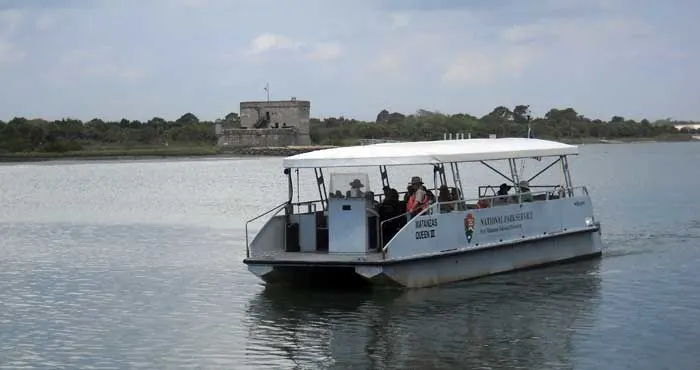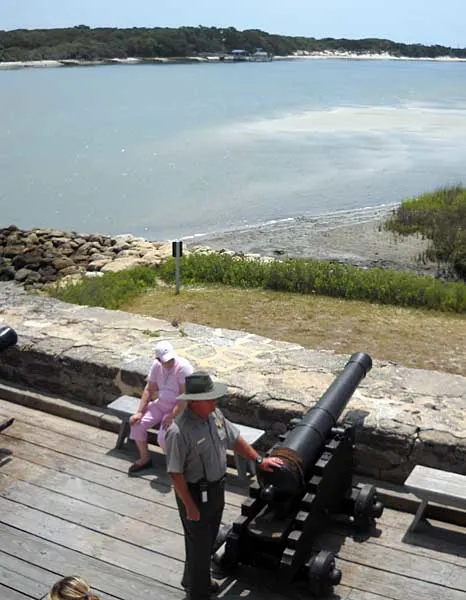Fort Matanzas, 14 miles south of St. Augustine, is a fun, free, scenic stop
Fort Matanzas is not huge and grand like its older, bigger brother, the St. Augustine fort.
But the smaller fort 14 miles south of St. Augustine, has charms all its own, starting with the free boat ride you take to reach it.
Built in 1742, about 50 years after St. Augustine’s Castillo San Marcos fort, it is impressively historic, especially for everything-is-new-here Florida.

Fort Matanzas is located on a spectacular inlet with expansive views of water and marshland. Wildlife is abundant: Dolphin are frequently spotted in the water; wading birds fish along the shore, osprey fly overhead.
It’s right off a very scenic stretch of A1A.
Visitors reach the fort by a short ferry ride across the Matanzas River. Then you can climb a very narrow ladder to get to the top of the tower — people were smaller then!
The cost of visiting Fort Matanzas? It is all free.
As a national monument, Fort Matanzas is operated by the National Park Service.
Important note: Fort Matanzas ferry and fort are open Wednesday to Monday with no ferry on Tuesdays, and to get a ticket you will probably have to arrive early. Tickets are often gone by 11 a.m.
A tour takes an hour — that includes the boat trip to the fort, a talk by a park ranger and the trip back. Boats run at 9:30 a.m., 10:30 a.m., 11:30 a.m., 12:30 p.m., 1:30 p.m., 2:30 p.m., and 3:30 p.m.
The visitor center offers a movie about the fort and near it is a pretty nature trail into a live oak forest.
It’s also worth allowing more time to walk the short trail, explore the Fort Matanzas beach or have a picnic. Families with kids, in particular, should enjoy this outing.
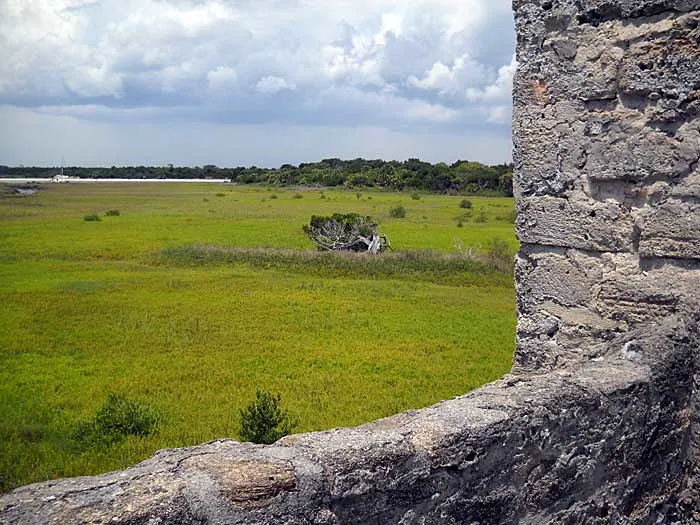
Why did the Spanish build Fort Matanzas?
Fort Matanzas protects St. Augustine’s “back door” — the ocean inlet where the Matanzas River flows into the Atlantic. The fort is small: 50 feet on each side with a 30 foot tower. When the Spanish occupied it, a force of seven men could man the tower and its five impressive cannons and stop incursions from the ocean. The informal ranger tour covers more Fort Matanzas history and the military strategy behind it.
One of the pleasures of the fort is its beautiful setting. The park preserves a good chunk of these barrier islands and when we visited, Rattlesnake Island was bright green with vegetation and full of bird life.

Fort Matanzas beach
Within in the boundaries of the national park, there are expansive sandy areas, both beaches and sandbars around the inlet. It’s an excellent for beachcombing. Watch out for rip currents if you swim, however. Inlets can have very strong currents.
There are free parking lots on both sides of A1A, serving a beach on the river and one on the ocean. Parking lots fill up, however, and during busy times people wait for a space.
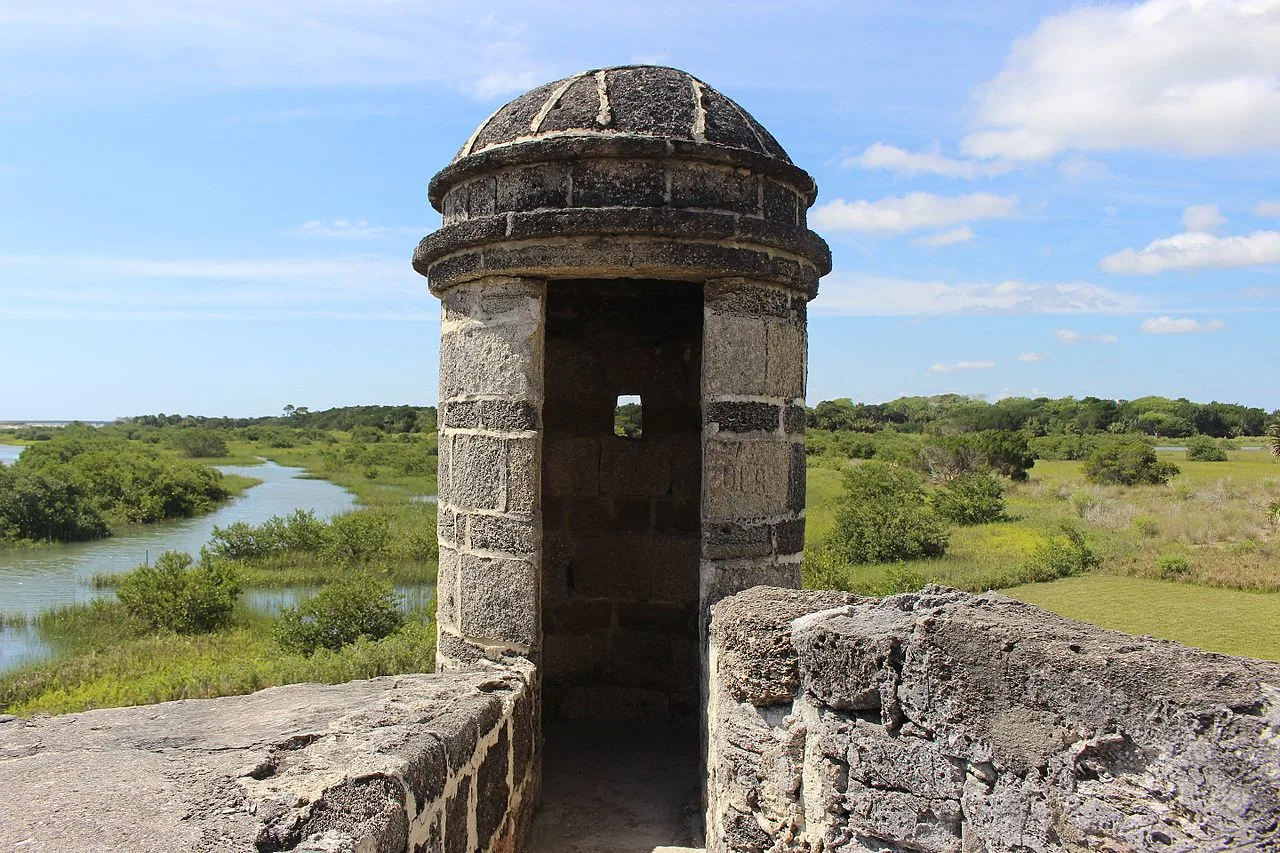
Tips about visiting Fort Matanzas National Monument
- Fort Matanzas tickets: Passes for the ferry are given on a first-come-first-served basis at the visitor center and usually fill up by 11 a.m. You cannot reserve them by phone or for a future day.
- If you are late for the tour, your seat will not be held.
- In 2024, there are seven ferries a day , each with a capacity of 34 and there are no tours on Tuesdays.
- The ferry will not operate during lightning storms and windy conditions.
- Even babies and children need a pass.
- Animals, except for service animals, are not allowed in the visitor center, on the boat, or at the fort.
- Boats and ramps are ADA compliant, so strollers and wheelchairs can access the boats.
- While these waters are great for kayaking, you can only see Fort Matanzas with the ranger arriving via ferry.
- I think it’s better to visit Fort Matanzas before Castillo San Marcos. That way, you’re not comparing the little fort to the big one you just saw.
- Cannon demonstrations are offered on some weekend tours.
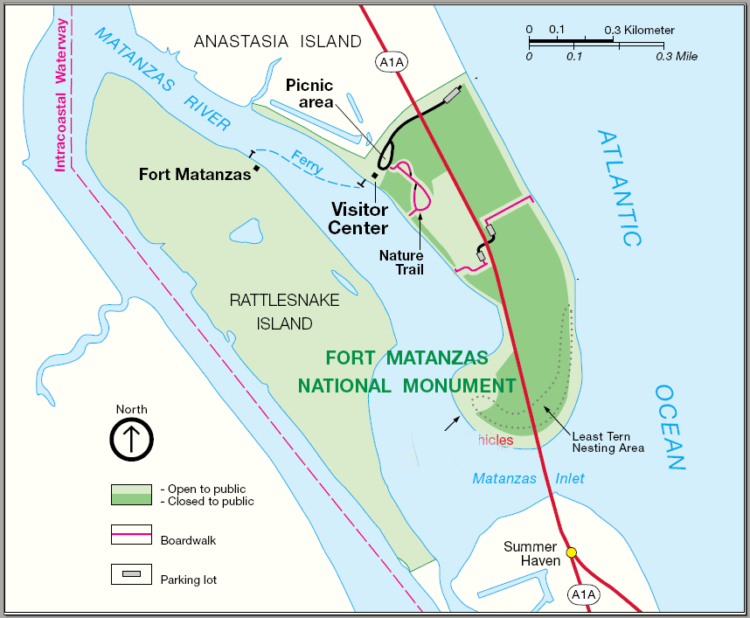
Fort Matanzas National Monument
8635 A1A South
Saint Augustine
(904) 471-0116
Fort Matanzas National Monument website
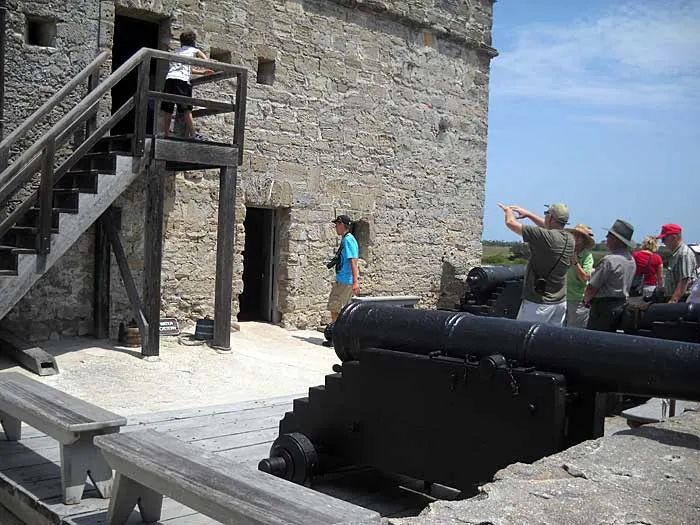
Things to do near Fort Matanzas:
- 10 outdoor and natural things to do in St. Augustine.
- Castillo de San Marcos, the fort in St. Augustine is a must-visit in the area.
- Princess Place Preserve, a nearby county park with an 1888 hunting lodge once owned by a princess. Good hiking and camping. Free.
- Washington Oaks Gardens State Park, historic gardens plus unusual conquina-rock beach.
- Flagler Beach, an Old Florida beach town.
- Tour the St. Augustine lighthouse
- Anastasia State Park, miles of beaches plus the archaeological site where coquina was quarried to build the St. Augustine Fort.
- Fort Mose Historic State Park, the site of the first legally sanctioned free African settlement in United States.
- Faver-Dykes State Park, large park good for kayaking, canoeing and birding along Pellicer Creek.
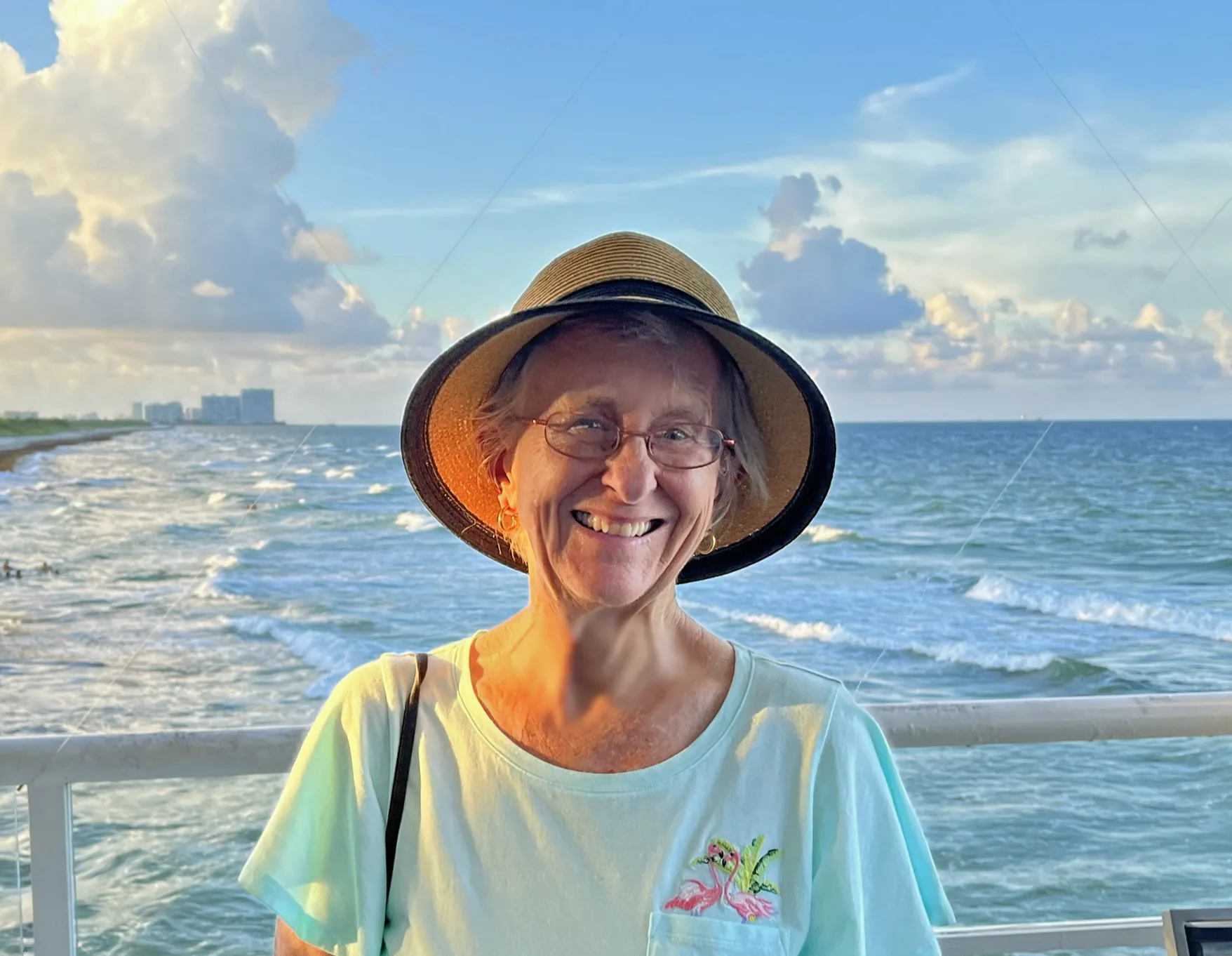
The author, Bonnie Gross, travels with her husband David Blasco, discovering off-the-beaten path places to hike, kayak, bike, swim and explore. Florida Rambler was founded in 2010 by Bonnie and fellow journalist Bob Rountree, two long-time Florida residents who have spent decades exploring the Florida outdoors. Their articles have been published in the Sun Sentinel, the Miami Herald, the Orlando Sentinel, The Guardian and Visit Florida.

